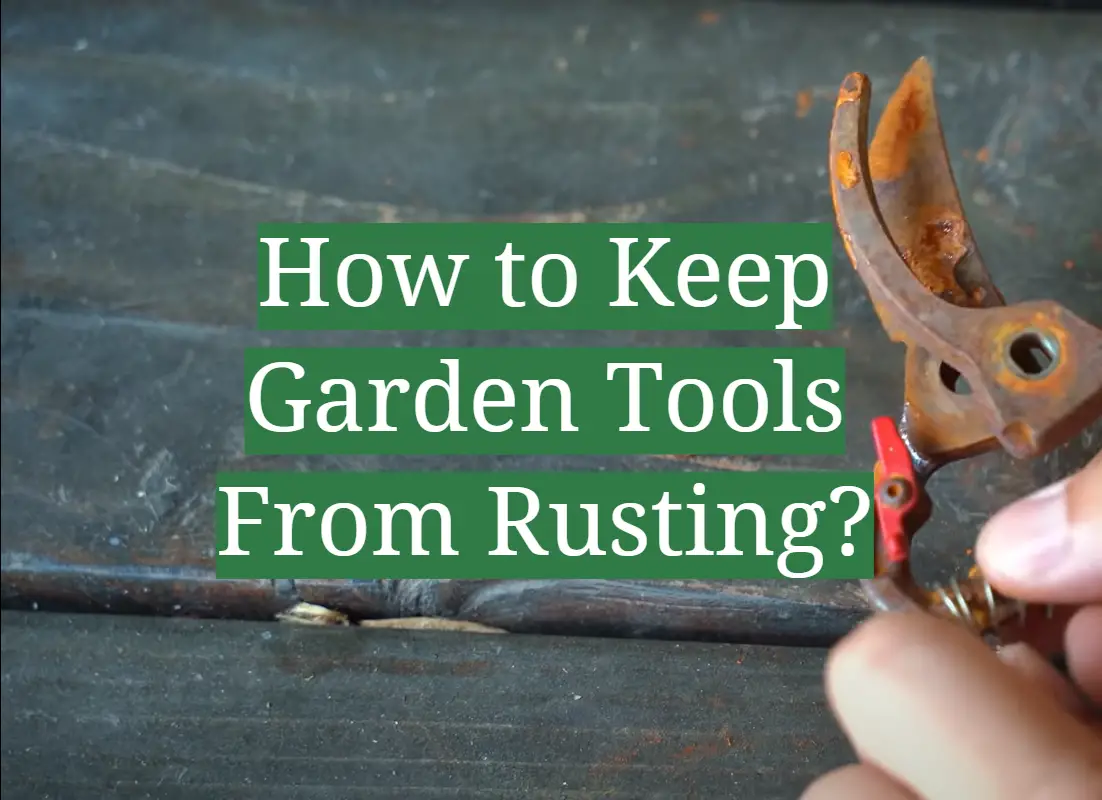This post may contain affiliate links which means I may receive a commission for purchases made through links. Learn more on my Private Policy page.
If you’re a farmer or someone who works with farm tools, you know the frustration of finding rust and wear on your essential equipment. The good news is, there are simple steps you can take to properly store your farm tools and prevent this common issue. Whether you use your tools daily or seasonally, a little extra care can go a long way in preserving their longevity and efficiency. In this article, we will explore practical tips and techniques that will help you keep your farm tools in top shape, ready to tackle any task that comes your way. So let’s get started and ensure that your tools stay rust-free and in pristine condition for years to come!

This image is property of cf-t.com.
Choose the Right Storage Area
Select a dry and well-ventilated space
When selecting a storage area for your farm tools, it is important to choose a dry and well-ventilated space. Moisture can cause rust and corrosion, which can significantly damage your tools over time. Look for an area that is free from leaks and is not prone to excessive humidity. This will help to keep your tools in optimal condition and extend their lifespan.
Keep tools away from moisture sources
In addition to choosing a dry storage area, it is crucial to keep your tools away from moisture sources. This includes avoiding storage near water sources, such as sinks or pipes, as well as areas that may have high humidity, such as basements or damp rooms. Moisture can seep into the tools and promote rust formation, so it is essential to take precautions to protect your tools from these damaging conditions.
Consider storing in a climate-controlled area
For added protection, consider storing your farm tools in a climate-controlled area. Extreme temperatures and fluctuations can cause damage to many types of tools. Climate-controlled storage helps to maintain a consistent and moderate temperature, reducing the risk of damage due to heat or cold. This is particularly important for tools that are sensitive to temperature changes, such as power tools or precision instruments.
Clean Tools Before Storage
Remove any dirt and debris
Before storing your farm tools, it is important to remove any dirt and debris that may have accumulated on them. Use a brush or a cloth to remove loose dirt, and make sure to pay attention to hard-to-reach areas, such as crevices or joints. This step is crucial because dirt and debris can trap moisture, leading to rust formation or other damage over time.
Use a wire brush to remove rust
If you notice any rust on your tools, it is essential to remove it before storage. A wire brush can be an effective tool for removing rust, as it can easily scrape away the corroded material. Gently scrub the rusted areas, being careful not to apply too much pressure and cause damage to the tool’s surface. Removing rust not only improves the tool’s appearance but also helps prevent further corrosion.
Apply a rust inhibitor or oil to prevent further rust
To prevent further rust formation on your farm tools, it is recommended to apply a rust inhibitor or oil before storage. These products create a protective barrier that helps to repel moisture and prevent rust from developing. Be sure to choose a rust inhibitor or oil specifically designed for tools, as they are formulated to provide long-lasting protection. Apply the product according to the manufacturer’s instructions and ensure that all surfaces are adequately coated.
Inspect and Repair
Check for any damage or wear
Before storing your farm tools, it is important to thoroughly inspect them for any signs of damage or wear. Look for cracks, dents, loose handles, or any other issues that may affect the tool’s functionality. Identifying and addressing these issues before storage can help prevent further damage and ensure that the tools are in good working condition when you need them next.
Replace or repair broken parts
If you come across any broken or severely damaged parts during your inspection, it is crucial to replace or repair them before storage. Leaving broken parts unrepaired can not only render the tool ineffective but can also cause additional damage to other components. Invest the time and effort to fix these issues, whether it’s replacing a broken handle, sharpening a dull blade, or repairing a malfunctioning mechanism. This will help to keep your tools in top shape and ready for use when you need them.
Sharpen cutting edges if necessary
For tools with cutting edges, such as knives, shears, or pruning tools, it is important to check their sharpness before storage. Dull edges can make your tools less effective and can even pose a safety risk. If you notice that the cutting edges are not sharp enough, take the time to sharpen them using an appropriate tool, such as a sharpening stone or a file. Always follow the recommended guidelines for sharpening specific types of tools to ensure optimal results.
Organize and Arrange
Group tools by type or function
To facilitate easy retrieval and organization, it is recommended to group your farm tools by type or function. This can be done by separating hand tools from power tools, organizing tools according to their specific purposes, or grouping tools based on their sizes. By categorizing your tools, you can quickly locate the ones you need and avoid the frustration of searching through a disorganized collection.
Hang tools or use a tool rack
One effective way to store your farm tools is by hanging them or using a tool rack. This method not only helps save space but also keeps your tools easily accessible and visible. You can install hooks or pegs on a wall or inside a shed to hang tools with handles, while shelving or wall-mounted racks can accommodate larger or bulkier tools. Hanging or using a tool rack prevents tools from cluttering the floor or becoming tangled, reducing the risk of accidental damage.
Label and categorize tools for easy retrieval
To further enhance organization and ease of retrieval, consider labeling and categorizing your tools. You can attach labels or tags to each tool or use color-coded systems to indicate their function or purpose. This simple step saves time and effort by eliminating the need to search through every tool to find the one you need. When labeling, use durable and waterproof materials to ensure legibility and longevity.
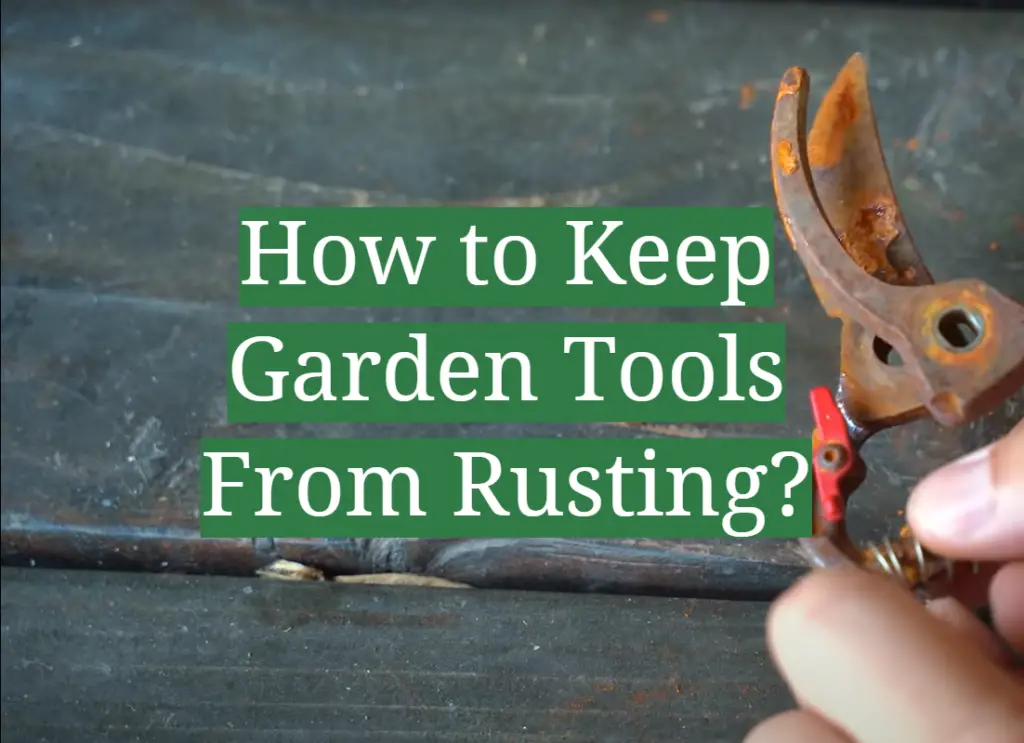
Protective Measures
Coat metal tools with a protective wax or paint
To provide an extra layer of protection for your metal tools, consider coating them with a protective wax or paint. This protective coating acts as a barrier against moisture, preventing rust formation. Apply the wax or paint evenly on all exposed metal surfaces and allow it to dry completely before storage. Remember to follow the manufacturer’s instructions for the specific product to ensure proper application and effectiveness.
Store tools in durable cases or sheaths
For tools that are prone to damage or have sharp or delicate components, it is advisable to store them in durable cases or sheaths. These protective containers offer additional protection against impacts, scratches, or other potential hazards. When choosing cases or sheaths, opt for ones that are specifically designed for the tool’s size and shape. Well-constructed storage containers can significantly prolong the lifespan of your tools and keep them in excellent condition.
Wrap and secure long-handled tools to prevent damage
Long-handled tools, such as shovels, rakes, or hoes, require special attention during storage to prevent damage. To protect their handles, wrap them in a soft material, such as a cloth or protective foam. Secure the wrapping with tape or ties to keep it in place. This prevents the handles from being scratched, chipped, or splintered, ensuring their longevity and maintaining comfort during use.
Preventive Maintenance
Regularly oil and lubricate moving parts
Preventive maintenance is key to keeping your farm tools in optimal condition. One crucial aspect is regularly oiling and lubricating the moving parts of your tools. This applies to tools such as pruners, shears, or any equipment with gears or hinges. Apply a few drops of oil to the appropriate areas and move the parts to distribute the oil evenly. Regular lubrication minimizes friction, reduces wear and tear, and keeps the tools operating smoothly.
Keep cutting edges sharp
Keeping cutting edges sharp is particularly important for tools like knives, pruners, or saws. Dull blades not only make the tool less efficient but can also cause accidents or injuries. Regularly inspect the cutting edges and sharpen them as needed using appropriate sharpening tools. Maintaining sharp edges ensures clean and precise cuts, making your tools more effective and prolonging their lifespan.
Inspect and maintain wooden handles
For tools with wooden handles, it is essential to inspect and maintain them regularly. Wooden handles can be susceptible to cracking, splintering, or rotting, which compromises the tool’s integrity and usability. Inspect the handles for any signs of damage, and if necessary, sand out splinters or apply a coat of sealant or linseed oil to protect the wood. Regular maintenance helps to prolong the life of wooden handles, keeping them sturdy and comfortable to use.
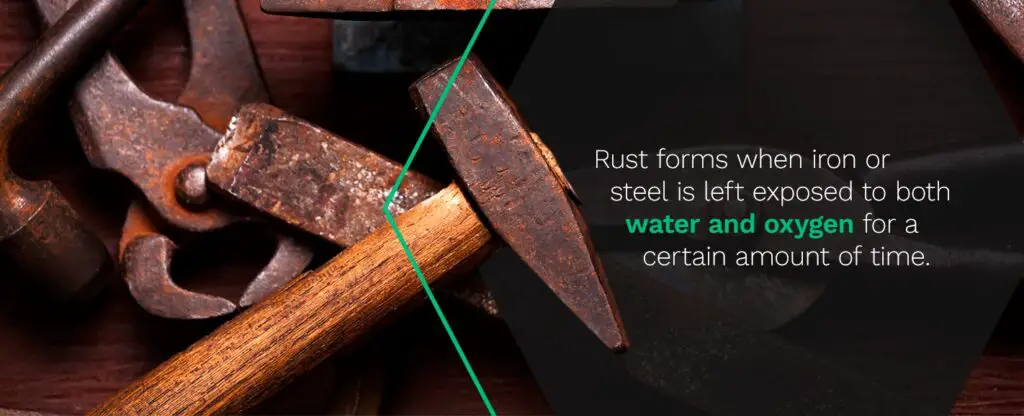
This image is property of cf-t.com.
Handle Storage for Hand Tools
Clean and dry handles thoroughly
For hand tools with handles, it is important to clean and dry them thoroughly before storage. Use a damp cloth to wipe away any dirt or grime, paying attention to hard-to-reach areas. Allow the handles to air dry completely to prevent moisture buildup, which can cause wood to warp or metal to rust. Taking the time to clean and dry handles ensures that they remain in good condition and ready for use.
Apply linseed oil or wax to wooden handles
To protect and nourish wooden handles, consider applying linseed oil or wax. These substances penetrate the wood, helping to preserve its strength and prevent cracking or splitting. Apply the oil or wax generously, allow it to soak in, and wipe away any excess. Repeat this process periodically to keep the wood in excellent condition and prevent it from drying out.
Store hand tools in a clean and covered container
To keep hand tools organized and protected, store them in a clean and covered container. This can be a toolbox, a drawer, or any container specifically designed for tool storage. Ensure that the container is free from dirt, moisture, and pests, as these can damage the tools over time. By keeping hand tools in a designated container, you minimize the risk of loss, damage, or misplacement, allowing for efficient and convenient access when needed.
Special Considerations for Power Tools
Remove batteries or disconnect power sources
Before storing power tools, it is crucial to remove batteries or disconnect the power sources. This not only helps to prevent accidental power-on, but also extends the battery lifespan and reduces the risk of corroded battery terminals. For corded power tools, unplug them from the power source, coil the cords neatly, and secure them to avoid tangles or damage. Taking these precautions ensures the safety and longevity of your power tools.
Clean dust and debris from power tool surfaces
Power tools, especially those used outdoors, tend to accumulate dust, dirt, and debris on their surfaces. Before storage, make sure to clean these particles to prevent them from interfering with the tool’s functionality. Use a brush or a compressed air canister to remove loose debris, paying attention to crevices or vents. Wipe surfaces with a clean cloth or sponge dampened with soapy water to remove stubborn stains. Ensure that the power tool is completely dry before storage.
Store power tools in their original cases if available
Whenever possible, it is advisable to store power tools in their original cases. These cases are designed to provide optimal protection and organization for each tool, ensuring that they remain secure and safe during storage. Original cases often have compartments specially designed for additional accessories, such as blades or batteries. If you are missing the original case, consider investing in aftermarket storage solutions specifically designed for power tools.
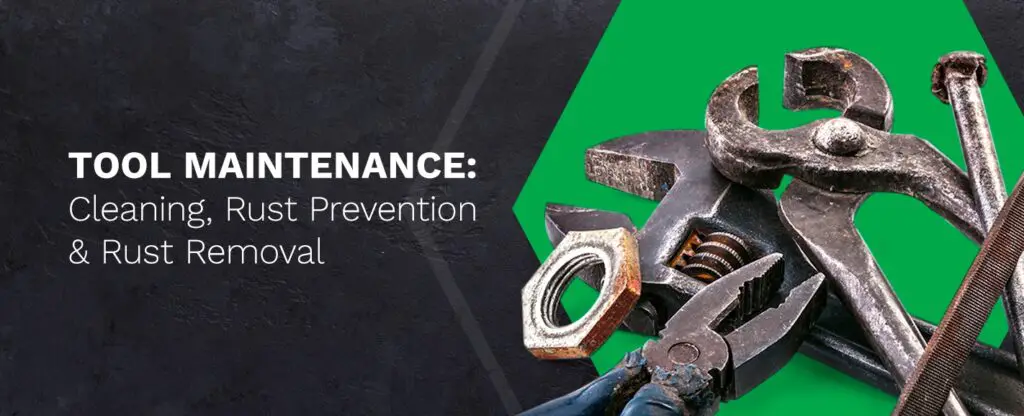
This image is property of cf-t.com.
Secure and Lock Tools
Install proper locks and security measures
To prevent theft or unauthorized use, it is important to install proper locks and security measures in your tool storage area. Ensure that doors, cabinets, or sheds have sturdy locks and are made of durable materials. Additional security measures, such as motion sensor lights or an alarm system, can also deter potential intruders. Taking these precautions helps to safeguard your valuable farm tools and provides peace of mind.
Consider using a tool cabinet or locked shed
If you have a large collection of tools or valuable equipment, consider investing in a tool cabinet or a locked shed. These dedicated storage solutions provide added protection and organization for your tools. A tool cabinet often comes with multiple drawers and compartments, allowing for easy access and visibility. A locked shed, on the other hand, offers a more spacious and secure storage area, accommodating larger tools and machinery. Evaluate your storage needs and choose the option that suits your requirements best.
Keep an inventory list of tools for security purposes
Maintaining an inventory list of your tools can be beneficial for security purposes. This list should include details such as tool names, serial numbers, and descriptions. Keep a separate record of any special markings or distinctive features that can aid in identifying stolen tools. Regularly update your inventory list and store it in a secure location or a digital format for quick and easy access. In the unfortunate event of theft, having an inventory list will assist law enforcement in recovering stolen tools and prove ownership.
Train Others on Proper Storage Practices
Educate farm employees about tool storage guidelines
Proper tool storage practices should be communicated and taught to all farm employees. It is essential to educate them about the importance of keeping tools in good condition and the potential consequences of improper storage. Conduct training sessions or provide written materials that outline the practices and procedures for tool storage. By instilling a culture of awareness and responsibility, you can ensure that everyone understands and follows the necessary steps for maintaining tool longevity.
Demonstrate correct tool maintenance techniques
In addition to educating farm employees about tool storage guidelines, it is equally important to demonstrate the correct maintenance techniques. Show them how to clean, inspect, and repair tools as necessary. Give hands-on demonstrations of sharpening cutting edges, applying protective coatings, or lubricating moving parts. By seeing these techniques in action, employees can learn the proper methods and gain confidence in maintaining tools effectively.
Encourage a culture of respect and responsibility towards tools
Lastly, it is crucial to foster a culture of respect and responsibility towards tools in your farm environment. Emphasize the value of tools as essential assets and stress the importance of handling them with care. Encourage employees to report any damage, wear, or loss promptly so that necessary actions can be taken. By promoting a culture of respect and responsibility, you create an environment where everyone understands the significance of proper tool storage and maintenance.
In conclusion, properly storing farm tools is essential to prevent rust and wear. By choosing the right storage area, cleaning tools before storage, inspecting and repairing them, organizing and arranging tools, taking protective measures, conducting preventive maintenance, and implementing secure storage practices, you can prolong the lifespan of your farm tools and ensure they are always ready for use. Training others on proper storage practices and fostering a culture of respect and responsibility towards tools further enhances the longevity and functionality of your valuable farm equipment. Remember, by investing time and effort into proper tool storage, you are investing in the efficiency and productivity of your farm operations.
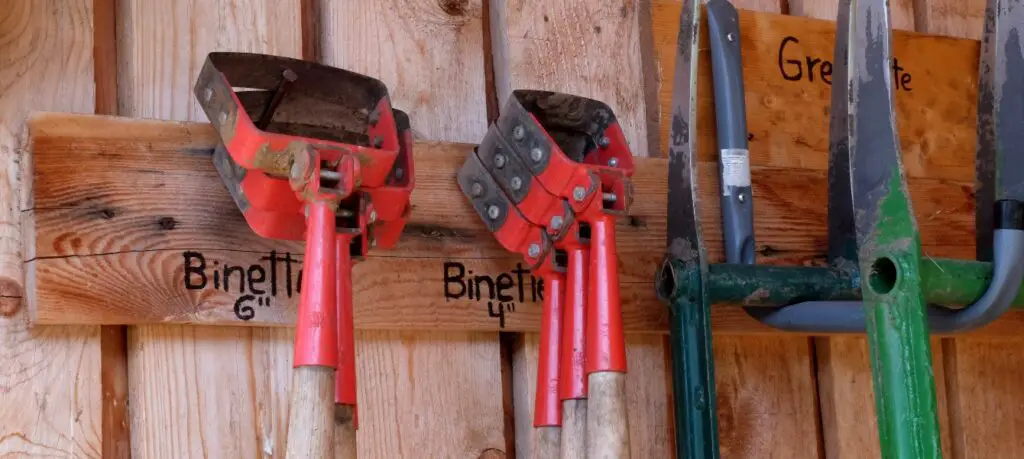
This image is property of themarketgardener.com.
This post may contain affiliate links which means I may receive a commission for purchases made through links. Learn more on my Private Policy page.

